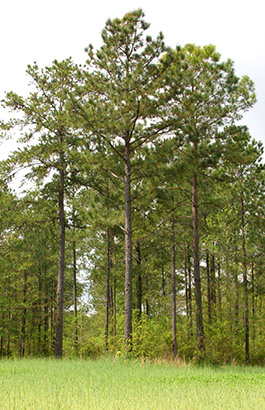Forest Industry Feels Continued Effects Of Last Fall’s Drought

Though winter rains have given much-needed relief to Alabama’s parched soil, the state’s forests continue to be affected by last year’s drought, said the Alabama TREASURE Forest Association’s (ATFA) Rick Oates.
Drought postponed site preparation, including controlled burns, and delayed tree planting. Lack of sufficient ground moisture for seedling survival also pushed back 2017 planting.
“Many contractors and companies delayed receiving trees — and therefore planting — two to three weeks because of drought,” said Oates, ATFA’s executive director. “Recent heavy rains should have left enough ground moisture to ensure seedling success, but warm days are still likely throughout the rest of planting season.”
Nurseries generally lift young trees from the soil for delivery within a couple days, but above-average temperatures delayed lifting and transport, he added.
“You need to plant when it’s cold so the seedlings will stay dormant,” Oates said. “If the trees start growing in warm temperatures and a cold snap comes along, that could tamper with tree health and profitability.”
Drought also stressed trees, making them more vulnerable to diseases and pests.
“Water deficits weaken natural defenses of trees, which allows pests and diseases to thrive,” Oates said. “Although we haven’t immediately seen effects on mature trees, we expect increasing reports of pests, like southern pine beetles, as it warms up this spring.”
Limited rainfall proved advantageous for the state’s loggers, who were able to log areas inaccessible under normal conditions.
“A lot of timber was cut in Alabama during the drought since loggers could access areas too wet in a typical year,” Oates said. “At the same time, extra timber flooded the market during a season when mills generally expect a decrease in logging activities. Mills couldn’t keep up with the supply of timber.”
According to the Jan. 26 U.S. Drought Monitor, 49 percent of Alabama was still in a drought.
